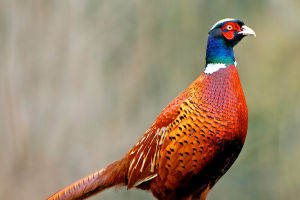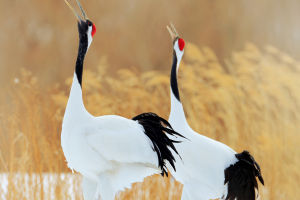Zebras in the Wild
Zebras are some of nature's most intriguing animals. Known for their striking black-and-white stripes, these creatures are more than just a visual delight.
They live dynamic lives in the African savannas, where their behavior reveals a fascinating world of communication, social bonds, and survival tactics.
Let's dive into some amazing facts about how zebras live and interact in the wild.
The Language of Stripes
Did you know that every zebra's stripes are unique, much like human fingerprints? Beyond aesthetics, these stripes serve multiple purposes. Scientists believe they help camouflage zebras in the tall grasses, making it harder for predators to single them out. Additionally, stripes may deter biting insects like flies, which are less likely to land on striped surfaces.
Social Creatures
Zebras are highly social animals. They live in groups called harems, typically led by a dominant male, or stallion, and consisting of several females and their offspring. These harems often join larger groups called herds for greater protection against predators.
What's truly remarkable is the way zebras bond. Grooming plays a significant role in their social lives. Zebras will nibble on each other's necks and backs to strengthen bonds and reduce stress.
Unique Communication
Zebras have a variety of ways to communicate. They use vocalizations such as barks, brays, and snorts to signal danger, express emotions, or locate members of their group. Their ears also play an essential role in communication. Forward-facing ears signal calmness, while pinned-back ears indicate anger or fear.
Teamwork for Survival
Life in the wild is not without challenges. Predators like lions and hyenas are constant threats. Zebras work together to stay safe. They often position themselves so that at least one member of the group is always on guard, watching for danger. If a predator is spotted, the group may flee in zig-zag patterns to confuse their pursuer.
Zebras for Kids: Learn all About Zebras - FreeSchool
Video by Free School
Migration Marvels
One of the most breathtaking spectacles involving zebras is their migration. Every year, thousands of zebras join wildebeests and gazelles in one of the largest animal migrations on Earth, traveling hundreds of miles in search of fresh grazing land. This incredible journey highlights their endurance and adaptability.
Intelligent and Emotional
Zebras are not only intelligent but also emotional creatures. Studies show they can form deep bonds with other zebras and even exhibit signs of grief when a member of their group dies. This emotional depth adds another layer to their fascinating behavior.
Fun Fact: Baby Zebras
Zebra foals can stand and walk within minutes of being born—a crucial survival skill in the wild. For the first few days, a mother keeps her foal separate from the group so it can memorize her scent, voice, and unique stripe pattern.
Zebras are more than their striking appearance. From their social connections to their survival tactics, these animals offer a glimpse into the complexity of life in the wild. Next time you think of zebras remember that there's much more beneath the surface of those iconic stripes!


